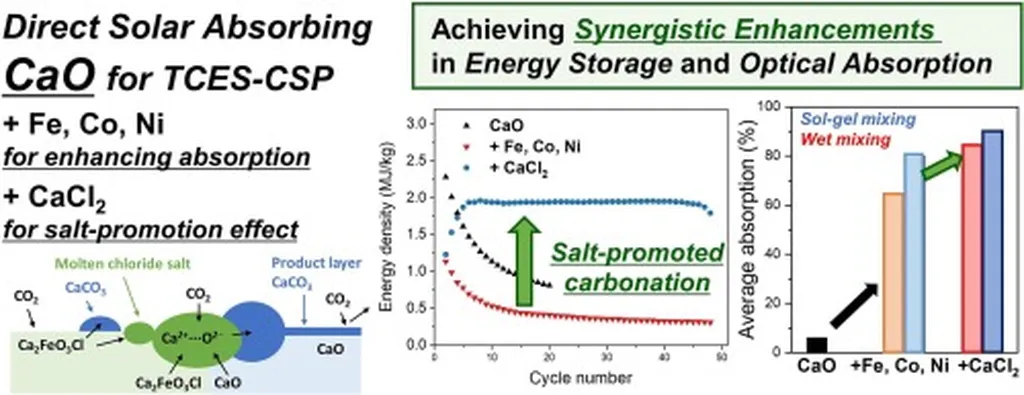In the quest to enhance the quality of steel slabs crucial for the energy sector, a groundbreaking study has emerged from the pages of ‘Teshugang’, which translates to “Iron and Steel” in English. The research, led by Cao Kun, tackles the persistent issue of internal quality in 22MnB5 steel slabs, a material widely used in energy infrastructure due to its high strength and durability.
The study focuses on a process known as mechanical soft reduction, a technique applied during the continuous casting of steel slabs. This process involves reducing the thickness of the slab as it solidifies, aiming to mitigate centerline segregation—a common defect that can compromise the structural integrity of the steel. Centerline segregation occurs when alloying elements and impurities accumulate along the center of the slab, leading to inconsistencies in the material’s properties.
Cao Kun and his team developed a dynamic mesh mechanical soft-reduction model that integrates multiple physical fields, including fluid flow, heat transfer, solidification, and solute transport. This sophisticated model allows for a detailed analysis of how different reduction amounts and positions affect the internal quality of the steel slabs.
“The results are quite remarkable,” says Cao Kun. “We found that mechanical soft reduction can significantly alleviate centerline segregation, and the effect becomes more pronounced with increasing reduction amounts.” The study reveals that applying a 10 mm reduction can notably decrease the segregation ratio, enhancing the overall quality of the steel slabs.
However, the research also underscores the importance of the reduction position. The team discovered that applying reduction in the region 14 m-18 m below the mold meniscus, where the solid fraction is 0.05-0.45, can exacerbate segregation. Conversely, applying reduction in the region 16-20 m below the meniscus, corresponding to a solid fraction of 0.20-0.95, promotes solute transport and improves segregation.
These findings have significant implications for the energy sector, where high-quality steel is essential for constructing robust and reliable infrastructure. By optimizing the mechanical soft reduction process, manufacturers can produce steel slabs with superior internal quality, leading to more durable and efficient energy systems.
As the energy sector continues to evolve, the demand for high-quality steel will only grow. This research paves the way for future developments in the field, offering a promising solution to one of the industry’s longstanding challenges. With further refinement and application of these findings, the energy sector can look forward to enhanced performance and reliability in its critical infrastructure.
Published in ‘Teshugang’, this study not only advances our understanding of mechanical soft reduction but also sets a new standard for quality in steel production. As the energy sector strives for greater efficiency and durability, the insights from this research will undoubtedly play a pivotal role in shaping the future of steel manufacturing.

